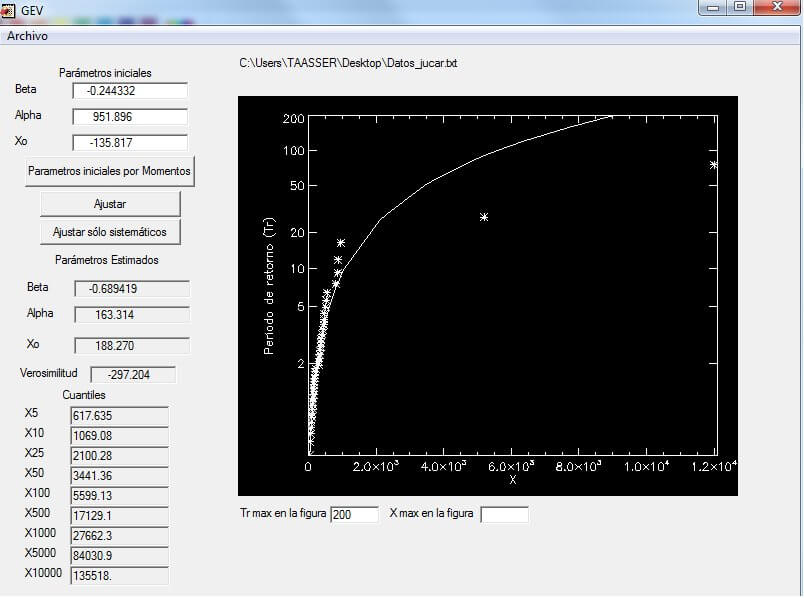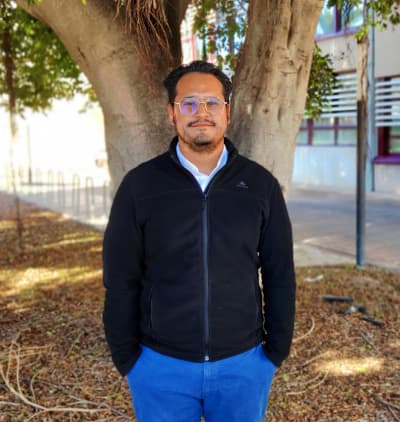Hydrological and Environmental Modelling
GIMHA
The Research Group of Hydrological and Environmental Modelling (GIMHA) is part of the Hydraulics and Hydrology Research Area of the Research Institute of Water and Environmental Engineering (IIAMA), in the Universitat Politècnica de Valéncia. The IIAMA has the objective of promoting the technical and scientifical research in a coordinated and pluridisciplinary way by the integration of research groups from different knowledge areas, as well as promoting the specialized training and technical consulting in those topics related with water, considered both as resource and as cornerstone of the biosphere.
The GIHMA is coordinated by Professor Félix Francés. Prof. Francés has more than 20 years of experience in Hydrology, Hidraulics and Environmental subjects, both at research and consultancy levels, with a preference for the topics that affect the Comunidad Valenciana.
Despite the recent creation of the GIMHA, in April 2011, the experience achieved by its members in the field of modelling the different processes and relationships that occur in water systems, enable this group of researchers to provide consulting services to national and international agencies and companies. Incorporating our team, supported by the scientific and technical quality of the Universidad Politécnica de Valencia, will facilitate the achievement of objectives by model development, implementation and outcome with high quality results.
Software developed by GIMHA
Software developed by GIMHA
TETIS – Conceptual and distributed hydrological model

The TETIS model is a model of hydrological and sediment simulation distributed in space by a subdivision of the watershed into regular cells, with physically based parameters. It is an integral model, i.e., with the same model it’s possible to solve problems of both floods and erosion (temporal discretization of minutes or hours) and water resources (daily temporal discretization).
AFINS_2.0 – Statistical analysis of hydrological extremes
AFINS_2.0 is a program for the analysis of hydrological extreme frequencies (flow or rain). It uses systematic information (measured without any statistical censorship) and / or non-systematic (with statistical censorship).

Responsible of group

Félix Francés García
Professor
Research Support Staff

Carles Beneyto
Postdoctoral researcher

Nathaly Güiza Villa
PhD candidate

Nicolás Cortés
PhD candidate

David De León Pérez
PhD candidate

Diego Melendez Saldaña
PhD candidate

Dayan Saynes Puma
PhD candidate



